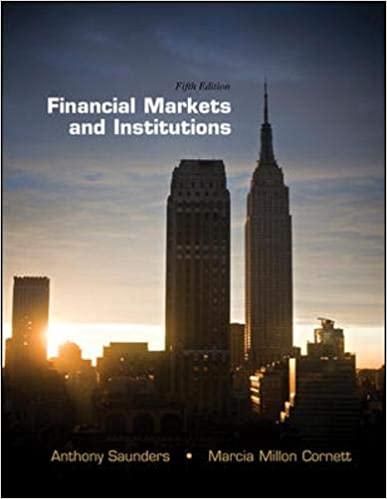Question
ExxonMobil has historically had a very low debt-to-equity ratio within the oil industry, but it recently issued $12 billion in new debt to raise capital
ExxonMobil has historically had a very low debt-to-equity ratio within the oil industry, but it recently issued $12 billion in new debt to raise capital to buy up distressed rivals. The cost of this debt turns out to have been around 2%. In this problem we'll calculate how this bond issuance may have affected ExxonMobil's cost of capital.
For the sake of this problem, assume that ExxonMobil was an unlevered firm prior to this debt issuance (at the time of the above mentioned debt issuance the debt-to-equity ratio of ExxonMobil was just over 0.1, so ExxonMobil was pretty unlevered at the time). The equity beta of ExxonMobil is 0.85, the risk-free rate of return is 0.5% and the market risk premium is 4%. The EBIT for ExxonMobil is $15 billion, which you can assume will remain constant in perpetuity. The tax rate is 35%, and earnings after taxes are paid out entirely as dividends.
Your task in this problem is to calculate the WACC for ExxonMobil before and after the bond issuance.
Step by Step Solution
There are 3 Steps involved in it
Step: 1

Get Instant Access to Expert-Tailored Solutions
See step-by-step solutions with expert insights and AI powered tools for academic success
Step: 2

Step: 3

Ace Your Homework with AI
Get the answers you need in no time with our AI-driven, step-by-step assistance
Get Started


